Bolt On vs. Weld On: The Pros, Cons and Everything In Between
Posted by Gillian Fournier on 19th Oct 2016
With all of the presidential debate clamor going on, let's take a break from democrats vs republicans and take a dive into the Jeep world discussions. I'm sure you've seen the back and forth campaigning of bolt-on versus weld-on applications before and I'm sure, if you're anything like me, you've probably questioned which one is right for you. I spent many hours exploring forums, social media crowds, friends and even reached out to the manufacturers themselves to find honest opinions, personal preferences and experiences to which, if either, is better.
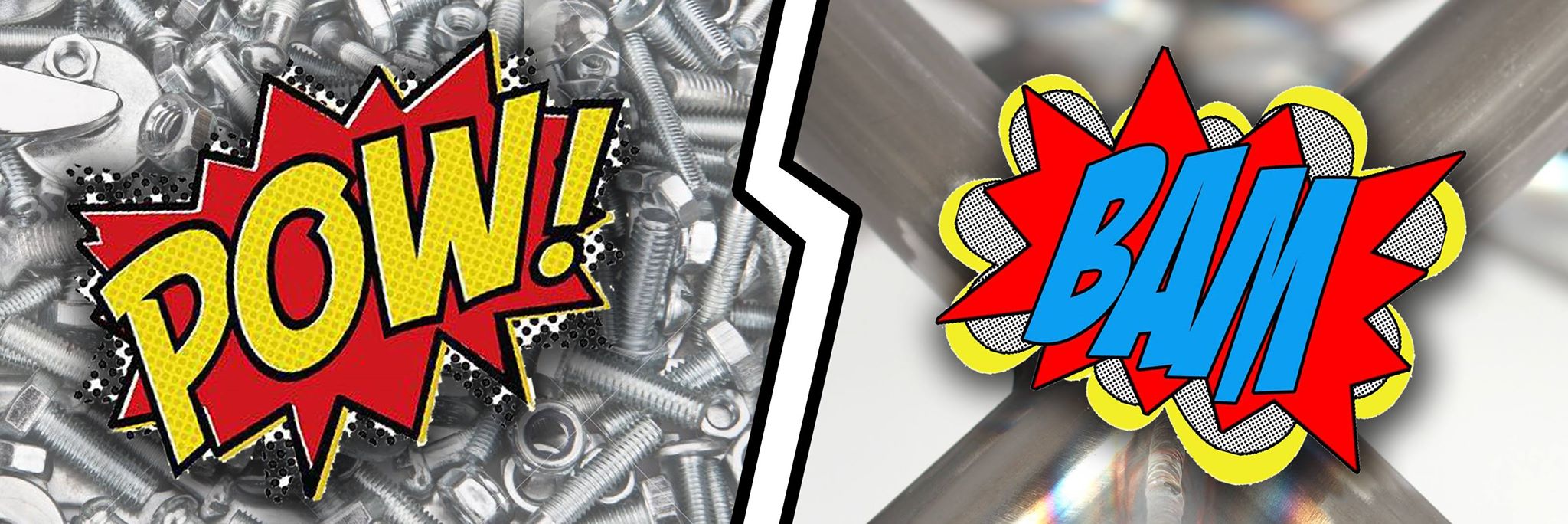
Bolt On: Any application or installation that is bolt-on means the part(s) can be fastened on using bolts or hardware.
Pros:
- Easily removable/replaceable: The style of Jeep parts, much like the fashion industry, changes over time and can go out of style or look outdated after a few years. It's always easier to remove bolts, rather than welds.
- More affordable; Price wise and labor wise: A lot of bolt on applications are budget friendly as well as user friendly.
- Bolts directly to existing holes: This is a fan favorite. There's usually little to no additional cutting or modifying to properly install either. There is 1 right way to bolt a part on and because of this, a lot of applications are DIY and can be done with common hand tools.
- Maintains the factory warranty: Because you are bolting to existing holes and mounts, fitment is 99% precise. Again, with no cutting or welding needed, BOOM! Factory warranty maintained!
- Aesthetically pleasing: I get it, if you wheel it, you're gonna get scratches, dents and dings. But you also want you parts looking simple, clean and crisp. Some people like the clean look of bolt on installations more than noticeable welds.
- You know how strong the bolts are: You can't always guarantee the the shop or your buddy's uncle's cousin's weld is. On the other hand, bolt on parts can be welded for additional strength.
- Parts can be ordered painted or powder coated: If you're in a time crunch, can't find a shop that does both painting and welding, or there is nothing local, products that come already powder coated or painted is a huge plus.
- High demand: Bolt on kits and parts are in high demand right now. This means manufacturers are cranking away to meet consumer needs and the parts are more readily available.
- Tensile loading: A lot of forums I visited had debates on Tensile Strength (TS) and from what I read, bolt on parts can be stronger in high tensile loading situations. The applications are definitely strong enough for most off roading situations.
Cons:
- Stripped hardware: Bolts can sometime strip or become damaged from obstacles on trails, wear and tear, improper installation, etc. If this happens, the hardware can be hard to remove or worse, damage the factory holes or mounting points.
- Missing parts: Anything that comes with multiple pieces and a plethora of hardware (bolts, nuts, screws, etc) runs the risk of things being forgotten or miscounted. Then you have to hunt down the replacement hardware at your local shop or wait for more to be sent out to you. On the flip side, it's also super frustrating when you've completed your install and have a ton of hardware left over. Welcome, mini heart attack.
- Nutserts: Enough said. These little devils are the bane of everyone's existence.
- Failure: Bolts fail. Welds fail. Designs fail. That's just life. But keep in mind, it can happen.
- Improper fastening: Improper fastening or mounting of any hardware combine with the stress from weight, articulation, etc can cause a heck of a lot of damage and headaches.
- Not compatible: Some bolt on applications aren't compatible with what you're currently running on your Jeep. Skids can interfere with rocker armor. Some rails might not work with body lifts, etc. Before placing your order, it's always a good idea to read the fine print, warnings or notes or give the manufacturer a call to make sure your purchase will work with your build.
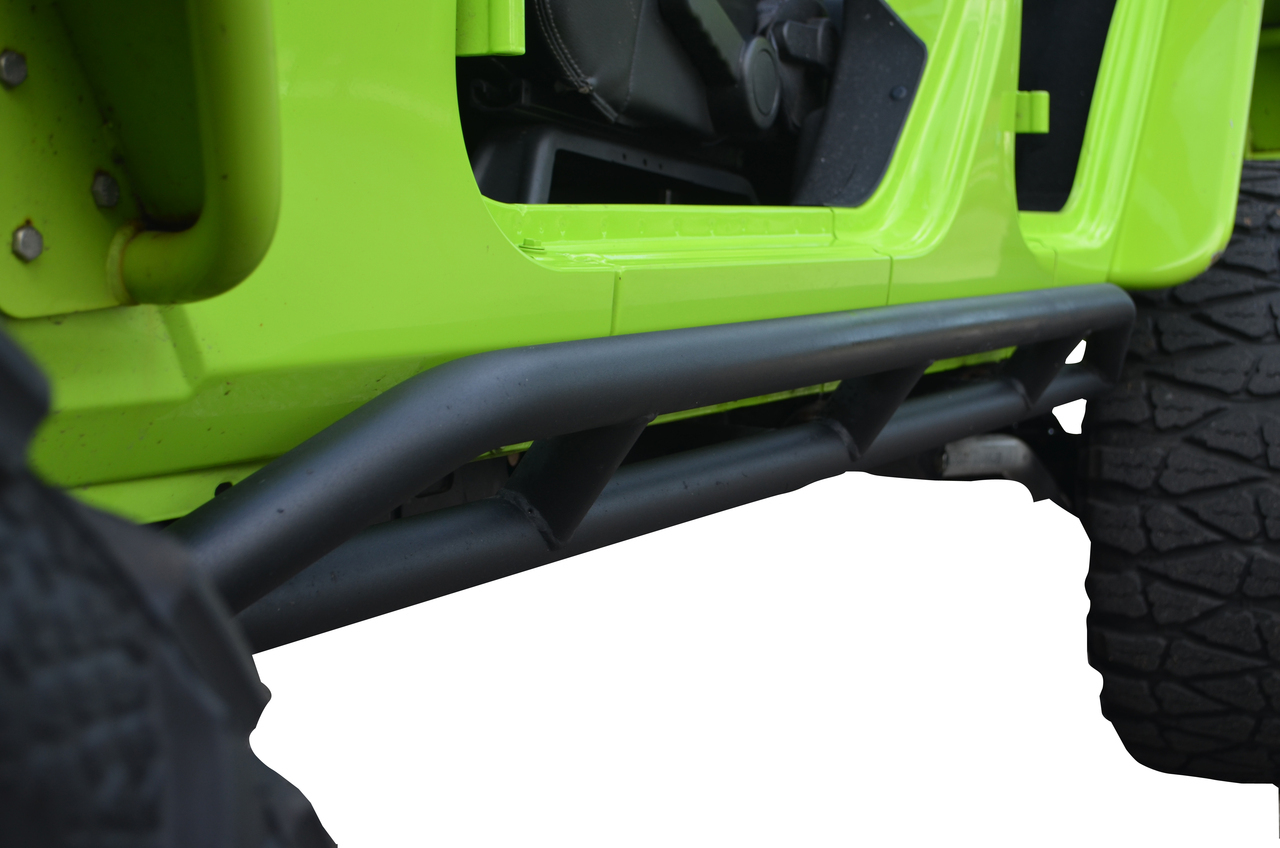
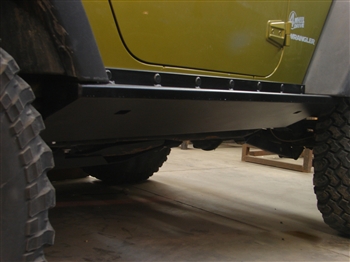
Weld On: Any application that requires welding, joins to metal parts together by heating the surfaces to the point of melting.
Pros:
- Relocates force: Welding parts to your frame, body mounts, etc makes for a stronger application and relocates the force of impact or stress to the welded points. This creates more contacts between the parts and your Jeeps body.
- Axle reinforcement: When it comes down to strength and structural rigidity of your axle, welding gussets, trusses and brackets is the way to go. Plus you have more to work with in regards to body lifts and long arm suspension systems.
- Jacking points: Remember tensile strength? Welding sliders and armor to your Jeeps body makes for bullet-proof jacking points. Keep in mind, a 1"+ weld is actually stronger than a full weld since a full weld can actually weaken your frame over time.
- The Do-It-Yourself-er: If you have access to a welder and good knowledge and welding skills, you can easily weld parts yourself.
- Permanence: Obviously when you weld two metals together, the application isn't going to budge much. This can also be considered a con, depending on how you look at it.
- #WeldPorn: Because who doesn't like admiring gorgeous TIG or MIG welds?!
- Modifications: Applications such as sliders or side steps can be modified or angled for additional ground clearance.
- Looks: Some people prefer the look of a perfectly done weld over the clunky hardware appearance.
Cons:
- Cost: The cost of installation of parts needed to be welded is easily 2-3 times more expensive than bolt on installs. Some shops out there already charge and arm and a leg for labor or installation....why not add your first born son to the cost as well?
- Quality, location, welder: Just because your local shop has a welder on hand, doesn't mean they can and will produce phenomenal welds. Weld prep, shape, cleanliness and attention to detail all need to be factored in. If you don't do your research and don't fully trust your welder, you could wind up with some serious bird-shit welds.
- Failure: Like I said before, fails happen. Welds fail. Bolts fail. It's unlikely, but don't rule it out.
- Difficult removal: Ever tried to cut a weld or remove a front stinger that was welded on? Not as easy-peasy as bolt on.
- Strength: Proper welding is only as strong as the welder (machine or laborer) and as the parent metal. If you weld that enormous and heavy stinger to a weak frame or bumper, that bad boy will fold like a piece of paper on impact.
- Modifications need to be done: Factory bracketry needs to be cut off the frame. Things need to be relocated for proper fitment. Add that to your labor costs.
- Warranty: Welding anything to your Jeeps body, frame, axle, etc immediately negates your vehicles warranty. Most Jeepers I know are A-OK with this but, for those who would like to keep their warranty, welding is a no-no.
- Shipping: A lot of products that are intended to be welded ship bare for painting or powder coating after welding, prior to installation. This means on top of having to find a reputable shop to weld your materials, you need to find a shop (if you want it done professionally and your welding shop doesn't provide this luxury) to do so.
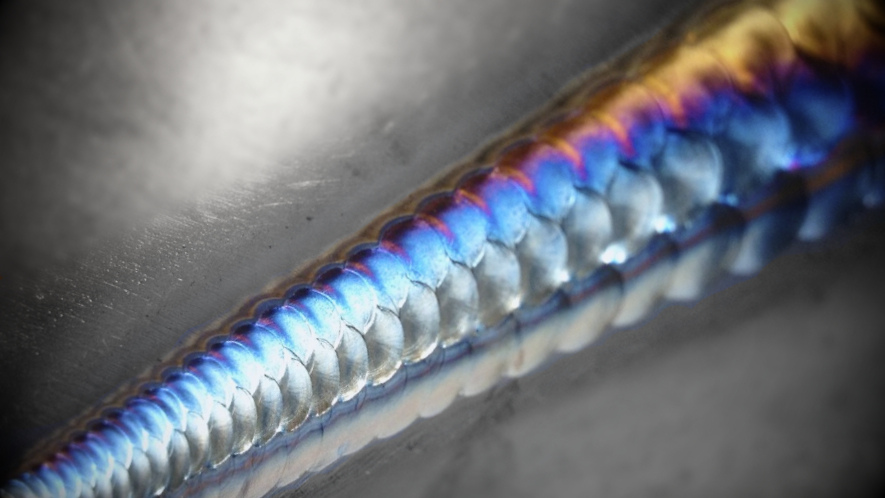
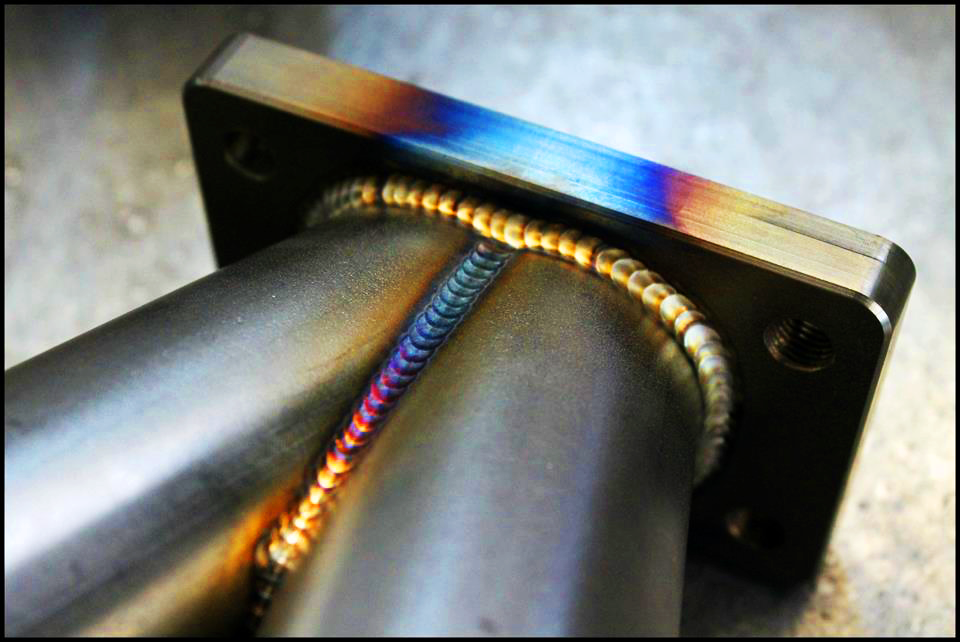
The brands that were mentioned the most within the forums I visited were Rock Hard 4x4, TeraFlex, EVO Manufacturing, Poison Spyder, Synergy Mfg and GenRight Off Road. We have to agree that all of these manufacturers push out high quality, affordable products that work with a variety of years, makes, models and applications. We have, and still do, run parts from all these guys and haven't been let down yet! Their customer service is top notch and are knowledgable to chat with about fitment, installation and more.
As far as where my research came from, I spent hours visiting well-known online forums for similar threads. Forums are great places to get valuable information, honest opinions, meet like-minded people and offer your own personal or professional advice and experiences to others. Here is a list of the forums I used:
Along with reading up on recent and archived threads, I was also able to poll social media for their opinions and advice. I love being able to include our fans, friends and followers in these blogs, especially when the responses are so informative.
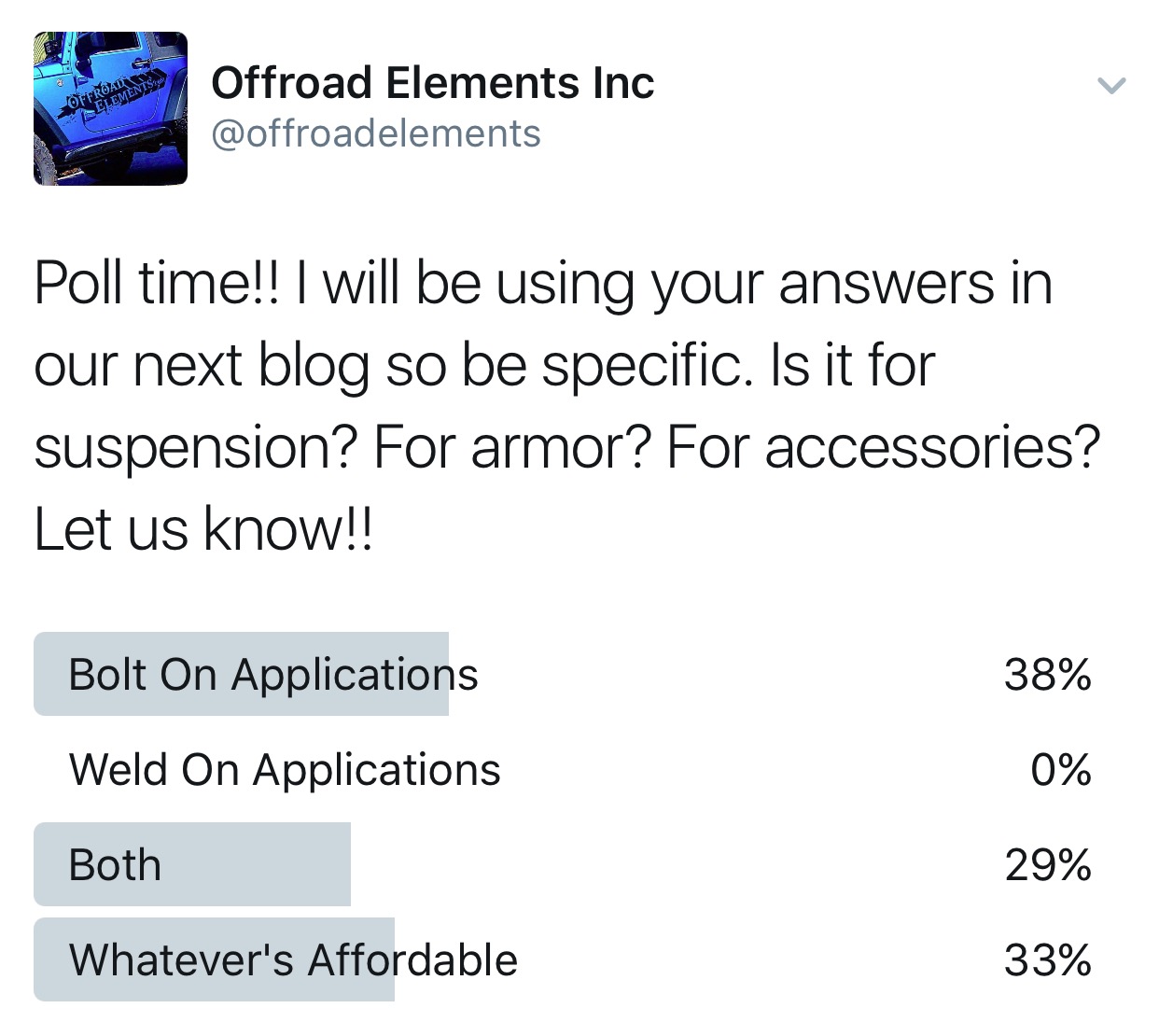
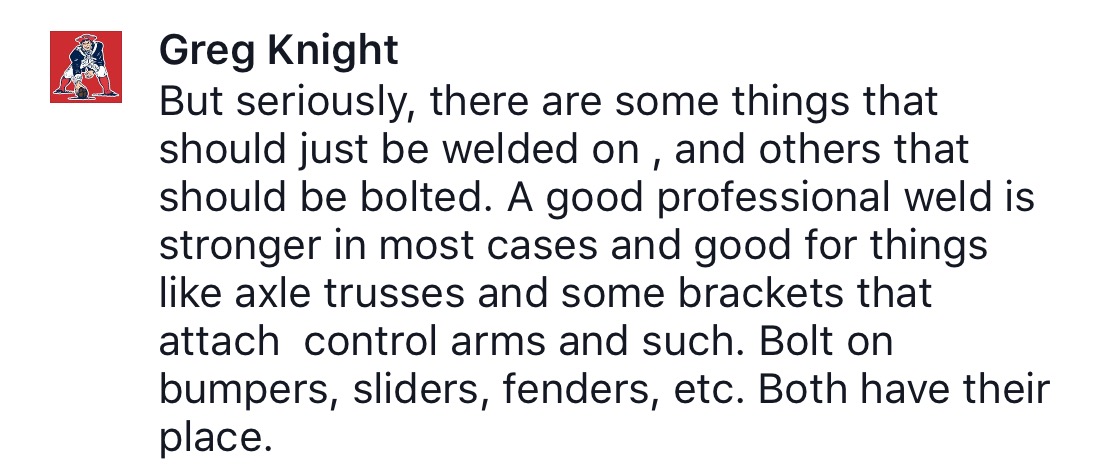




As I said before, I love being able to include others in these blogs. I had a chance to sit down and talk (over the phone, of course) with some of the big dogs about their personal and professional preferences when it comes to bolt-on versus weld on. Here are the results!!
Jason @ Rock Hard 4x4 on why they are strictly #TeamBoltOn:
"Why not? The most critical parts of your Jeep are bolt on applications; Your wheels bolt to the studs. Your transmission bolts to the motor. You even bolt yourself into your seat using your seatbelt or harness. There is nothing wrong with a weld-on roll cage except it's super overkill for a Jeep. When you see vehicles with weld-on roll cages, those vehicles are typically racing at 100+ MPH and have LS motors. Your Jeep doesn't need that. From Moab to event the Rubicon Trail, a bolt in roll cage is all you need. Back in the day, welding was the only option. But why would we offer a product that only 1% of the population can do? Not every Jeep owner has welding skills. Today with more advanced technology and innovative engineering, bolt on applications are definitely the more popular route."
Jeremy @ TeraFlex on which application is best for suspensions:
" It all depends of what the customer is trying to do or what they want to go with. Our biggest bolt on suspension kit is 4". Any higher, and the angle of the axle gets steeper so there is not as much fluid movement. The force of bumps transfers from the control arms to the frame to the cabin and you will feel vibrations more. Bolt on and weld on kits are generally similar in price. It's the additional 2-3 hours of installation of a weld in system that will be expensive. The 4" lift allows up to 37" tires which is ideal. The 4-6" long arm kits are a weld in application. cutting of the factory brackets off the frame and welding the new bracketry is required. If money is no option, I say weld on all day. If you're on a budget or looking for a suspension of 4" or less, bolt on applications are ideal."
(**Notes: Jeremy has the best of both worlds when it comes to his knowledge. His personal JK runs a 3" bolt on suspension system on 35"s. His company JK runs a 4" weld on suspension system on 37"s.)
Taylor @ Synergy Manufacturing on the pros and cons of both:
"First and foremost, the right bracket for you comes down to the intended use and what suits the customer and the shop. Bolt on application are great for customers who want to do the install themselves like in their driveway. The only downside is that since they build off of stock mounts, if your Jeep has been damaged in any way, there is a chance the bolt on parts won't work. When it comes to welding, if done by a professional or done correctly, there is no substitute when it comes to strength. The only negative to weld on parts and brackets is that it can be labor intensive and there is a lot of room for error."
So there you have it!! There is no real winner when it comes to Bolt On vs. Weld On. Each has their advantages and disadvantages. It all comes down to personal preference, experience, cost and time.
** I would like to thank our friends, fans, followers and, of course, vendors for your honest input. I absolutely appreciate all of your help and couldn't have done this without you!
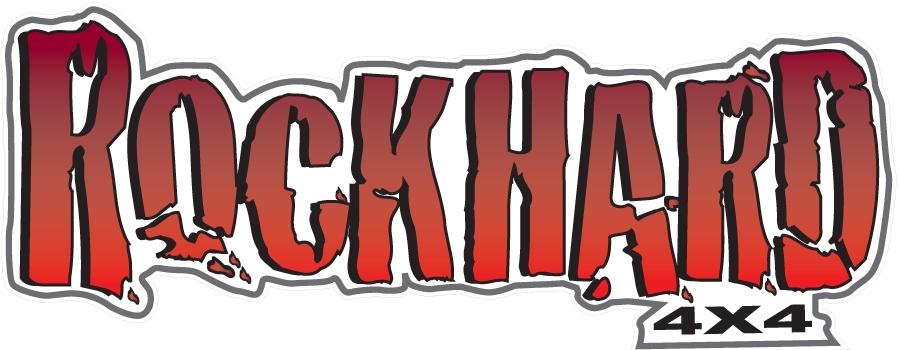
To view our inventory of Rock Hard 4x4 products, click here!
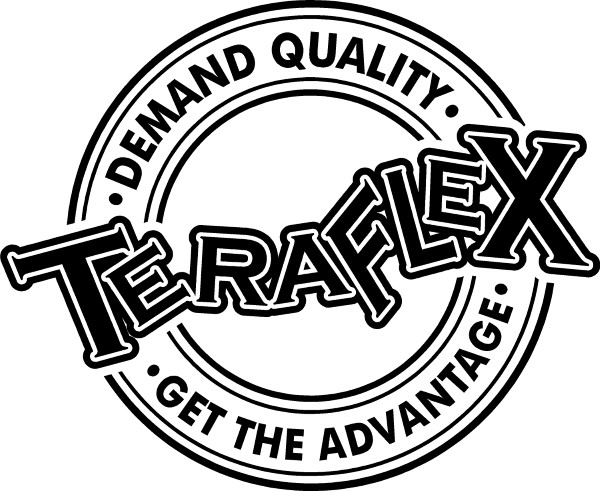
To view our inventory of TeraFlex products, click here!

To view our inventory of Synergy Manufacturing products, click here!
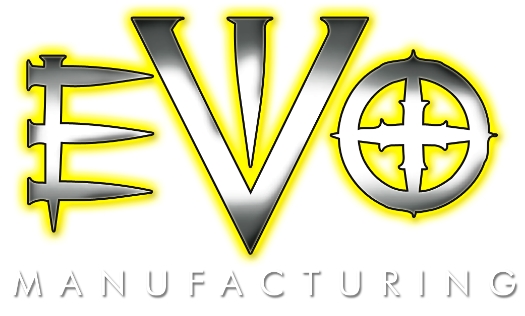
To view our inventory of EVO Manufacturing, click here!
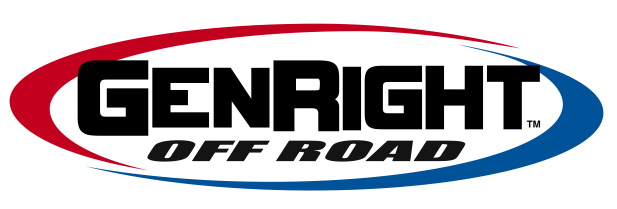
To view our inventory of GenRight Off Road products, click here!

To view our inventory of Poison Spyder products, click here!
